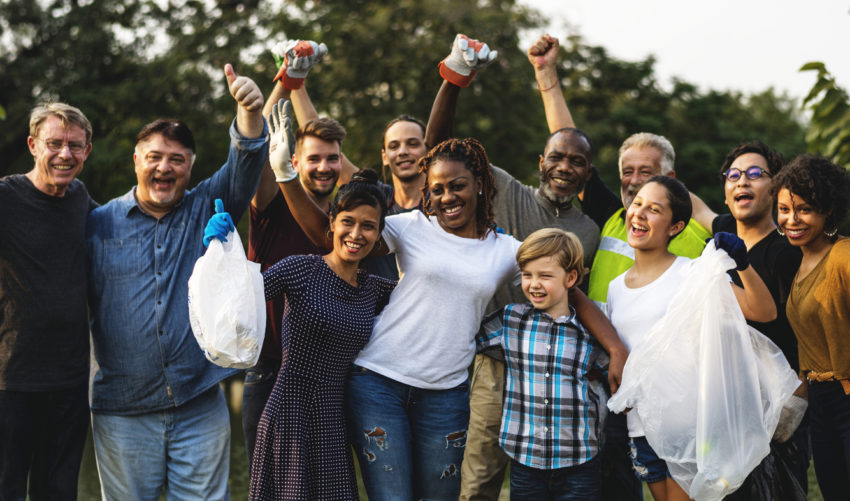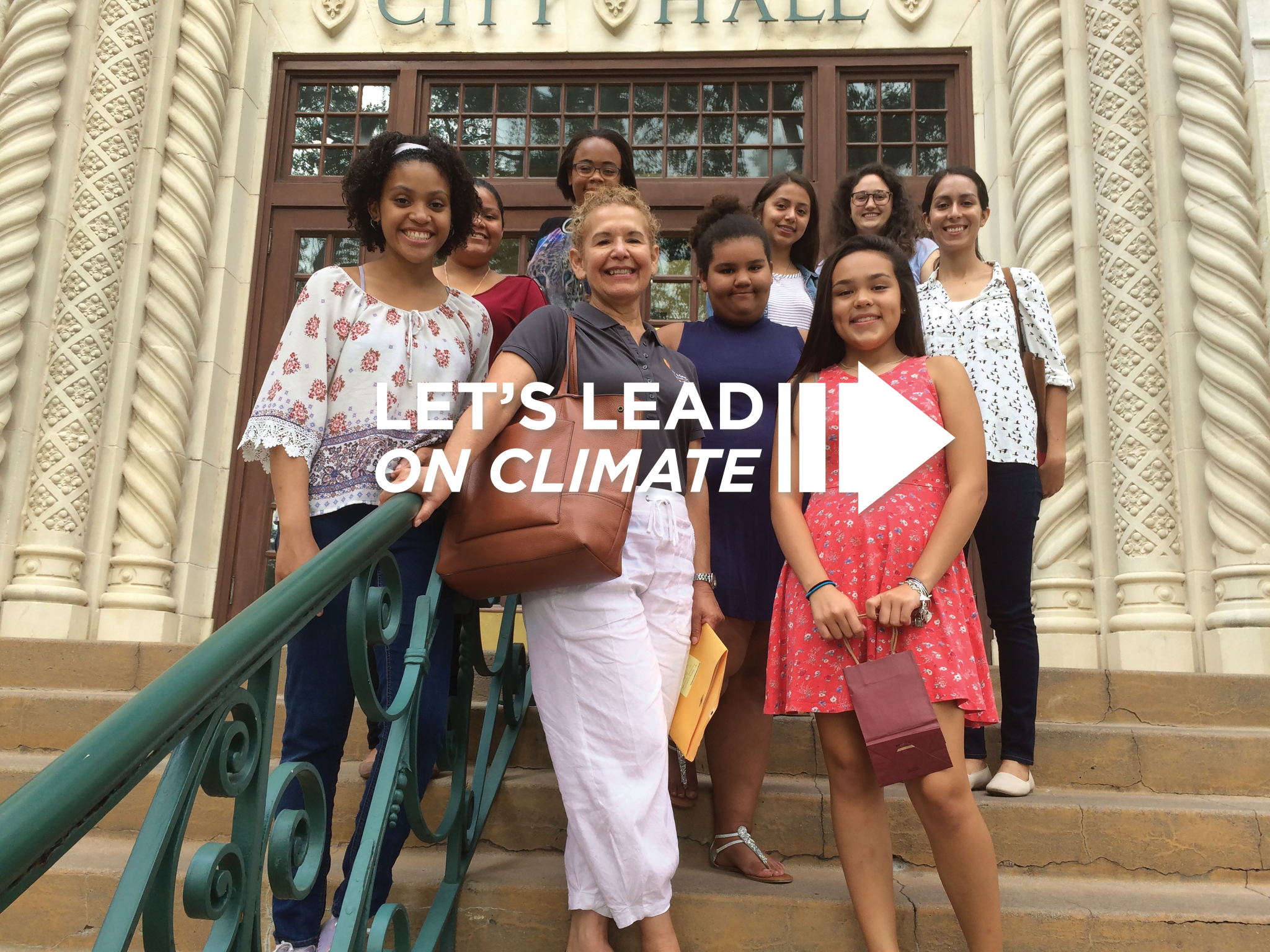
Share On Social!
Climate leadership comes in all shapes, sizes, and places.
The Let’s Lead on Climate guide features stories from faith-based and community groups that engage their constituents to elevate climate action and solutions across the nation.
“Whether you are a locally elected leader, pastor, nurse, or other community leader, this guide will help you take the first steps toward local climate leadership,” the guide states.
The Guide Can Help Latinos and Many More
Latinos are worried about global warming, but fewer Latinos view themselves as activists, according to the Yale Program on Climate Change Communication.
Latinos thus may not feel comfortable reaching decision makers or taking action.
What can they do?
The Let’s Lead on Climate shows key insights and lessons learned from real health professionals, faith leaders, and local community organizations across the country who stepped up as “climate leaders.”
Key recommendations include: start with people, stay with people; consider the most vulnerable; community broadly, clearly and often; seek guidance, be agile, and work toward continuous improvements.
“From nurses to pastors to local leaders, these stories allow others to see how Americans just like themselves have led on climate in their own neighborhoods and local communities,” the guide states.
Examples of Unique Climate Leaders
 In the guide you will see how:
In the guide you will see how:
- A student at the University of Minnesota started the Health Students for a Healthy Climate program to advocate for action on clean energy and to infuse climate change into the health curriculum.
- A statewide program in Florida engaged county health departments in focusing on the health effects of climate variability and provided small grants to build out plans and strategies to respond to a variety of climate hazards.
- A professor at UT Health San Antonio developed a climate and health curriculum and collaborated with several non-profits to engage a wide range of stakeholder on climate solutions.
“One of my concerns is the set of social determinants of health, particularly with vulnerable populations. Another is environmental justice, because it’s going to be the people that are the most vulnerable, the low-income people of color, that will be impacted most by climate change,” associate professor Adelita Cantu said.
- A pastor and congregation in Raleigh, North Carolina created the Justice in a Changing Climate Task Force to advocate for climate action and impact policies within the community
- A church in Indianapolis, Indiana created the Creation Care Team to reduce their utility bills and climate impact.
“We believe strongly that our calling as a community of faith is to do our best to care for creation and care for the ways in which we use the resources we have,” Pastor Jay Deskins said.
- A church in Midway, Kentucky was able to grow their own food and reduce food waste while switching to all LED lighting.
- A sustainability director in Providence, Rhode Island developed a co-creation process to map out solutions to increase climate resilience, involving the city, but led by community members.
- A city councilman in Sacramento, California addressed equity to ensure that those most vulnerable to climate impacts were accounted for in infrastructure and other strategic planning to reduce emissions
“Unless we begin to change some of the ways that we build public infrastructure— street by street, corner by corner—we’re not going make the progress we need for our own people, let alone for the rest of the world,” Sacramento City Councilman Steve Hansen said.
- A county supervisor in Placer County, California championed a dual-purpose conservation and development plan to balance the needs of the development community and the conservation community, starting with a biomass facility.
We all want to live in the best place for our families, where the air clean and the water is safe.
You don’t have to wait for politicians in Washington to solve climate damage.
Start your own success story using these stories to help you take the beginning steps toward a healthier community with sustainable solutions.
By The Numbers
25.1
percent
of Latinos remain without health insurance coverage



